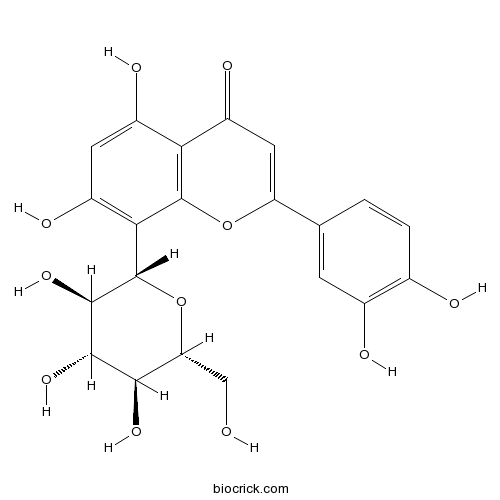Adonis coerulea
Adonis coerulea
1. The products in our compound library are selected from thousands of unique natural products; 2. It has the characteristics of diverse structure, diverse sources and wide coverage of activities; 3. Provide information on the activity of products from major journals, patents and research reports around the world, providing theoretical direction and research basis for further research and screening; 4. Free combination according to the type, source, target and disease of natural product; 5. The compound powder is placed in a covered tube and then discharged into a 10 x 10 cryostat; 6. Transport in ice pack or dry ice pack. Please store it at -20 °C as soon as possible after receiving the product, and use it as soon as possible after opening.
Natural products/compounds from Adonis coerulea
- Cat.No. Product Name CAS Number COA
-
BCN4984
Orientin28608-75-5
Instructions

The toxicity and the acaricidal mechanism against Psoroptes cuniculi of the methanol extract of Adonis coerulea Maxim.[Pubmed: 28576339]
Adonis coerulea Maxim. is a perennial herbaceous plant that grows in scrub, grassy slope areas, and as traditional medicine it has been used to treat animal acariasis for thousands of years. In this paper, we aimed to study the acute toxicity and cytotoxicity of the methanol extract of A. coerulea (MEAC) in vivo and in vitro for supporting the clinic uses. The acaricidal activity and the mechanism of action against Psoroptes cuniculi were investigated.
Acaricidal activity of extracts from Adonis coerulea Maxim. against Psoroptes cuniculi in vitro and in vivo.[Pubmed: 23352106]
The acaricidal activity of Adonis coerulea extracts was investigated against Psoroptes cuniculi. The aqueous, methanol, acetic ether and petroleum ether extracts all showed marked acaricidal activity in vitro. Especially, the acetic ether extract possessed strong toxicity against mites in vitro with LT50 values 0.743 h, 2.730 h, 5.919 h and 22.536 h at concentrations of 500, 250, 125 and 62.5 mg/ml, respectively. At the same time, the acetic ether extract showed the best effectiveness topically to infested rabbits in vivo. After three times treatment, at the day 20, rabbits treated with A. coerulea extract were observed only small scabs or secretions in ear canal, but no mites. These findings suggested that as a potential insecticide, A. coerulea should be studied further to develop active components or a new acaricidal drug.


